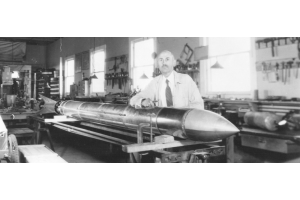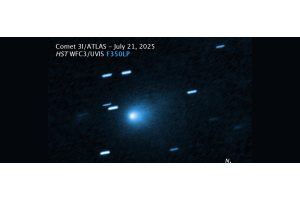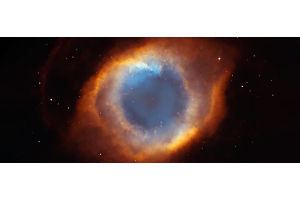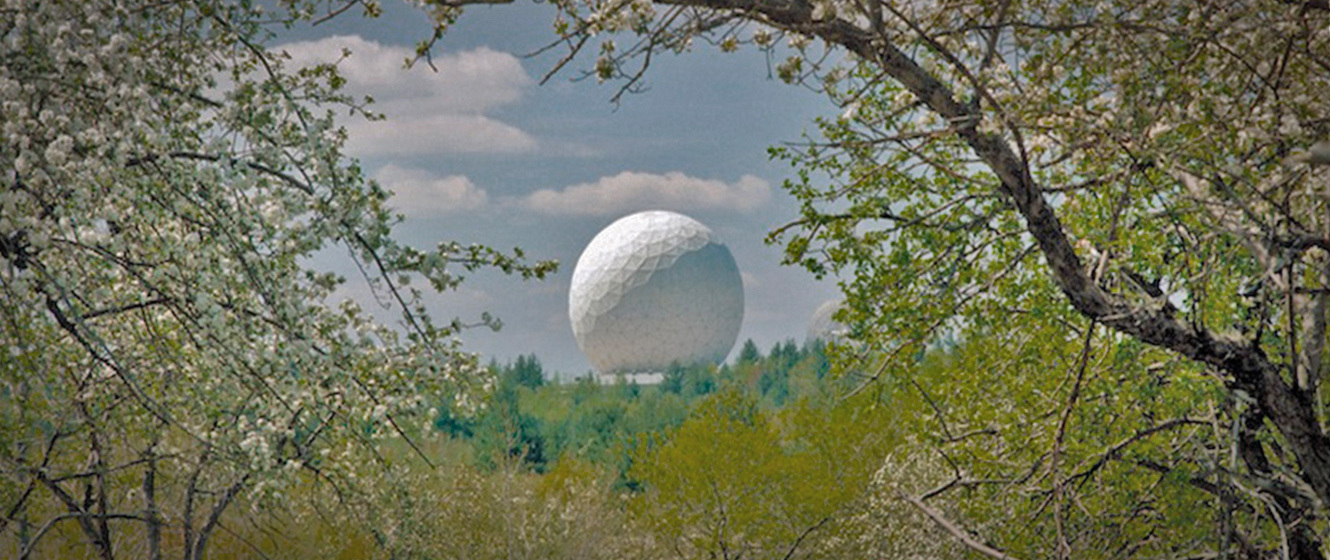
Observatories are home to some of the biggest and most impressive telescopes in the world. As many amateur astronomers know, there are many ways to experience the night sky beyond looking through a backyard telescope. There is an impressive number of observatories in Massachusetts that offer a wide variety of star parties, tours and observatory programs that will expand your knowledge of astronomy as well as your love of the night sky, whether you are new to astronomy or have been in the hobby for years.
For your convenience, we have compiled an alphabetical list of Massachusetts observatories that offer programs for the public.
Disclaimer: This information was collected from the observatories’ websites in December 2018. Some information may be subject to change if the websites are updated. If interested in visiting one of the listed observatories, please contact the observatory for the latest information before you visit.
Ayer Observatory
The Ayer Observatory consists of a 12-foot dome that is readily available for the students of Milton Academy. The observatory is in Milton, Massachusetts.
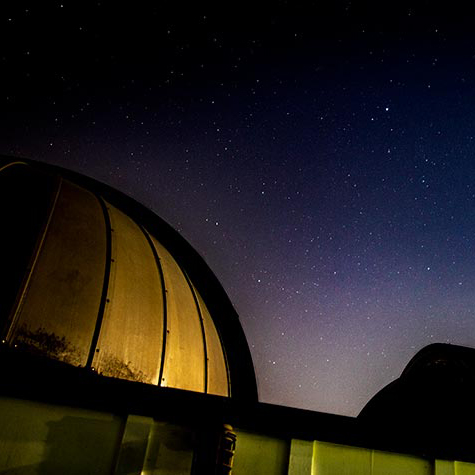
Image Credit: Noah Fuller '18
Telescopes
This Massachusetts observatory houses a 9-inch Takahashi reflector, a 5-inch Clark refractor, and several portable telescopes for group use.
Visiting
For updated information on when the observatory will be open, visitors are advised to follow the observatory on Twitter: @AyerObservatory.
Blue Hill Meteorological Observatory
The Blue Hill Observatory is in Milton, Massachusetts and is part of the larger Blue Hill Observatory and Science Center. The observatory was built in 1885. It has been deemed the oldest, continuously operated weather observatory in the United States and a National Historic Landmark.
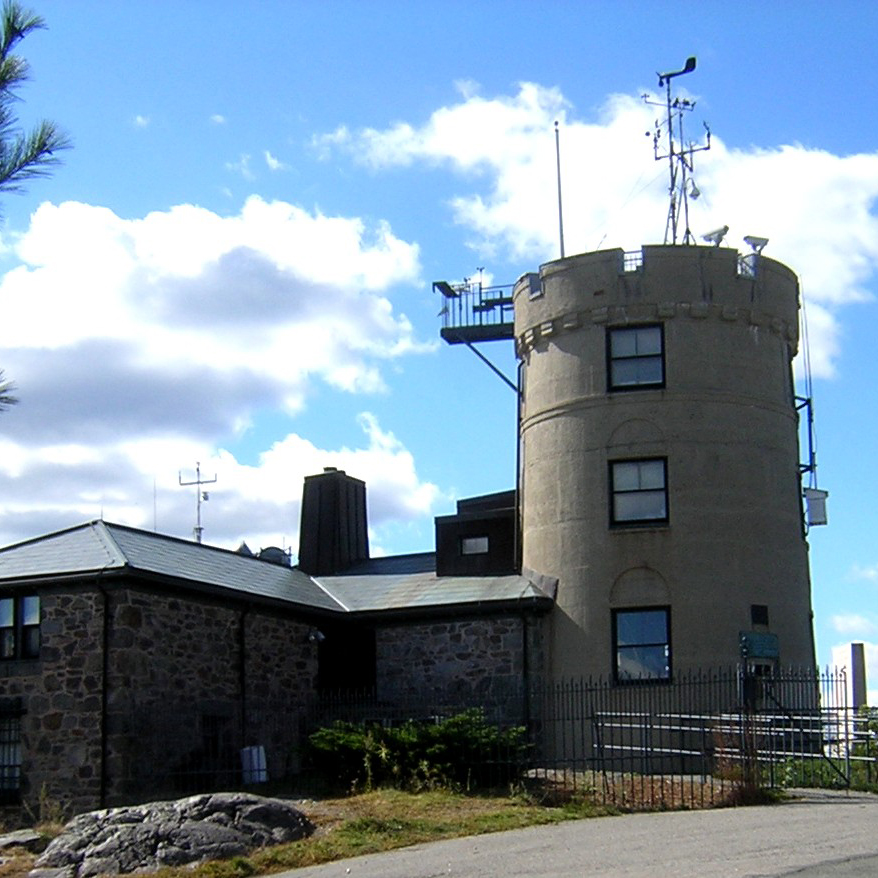
Image Credit: James Woodward
Visiting
You may visit the Blue Hill Meteorological Observatory on Saturdays, year-round, from 10 a.m. to 4 p.m. On Sundays the observatory is open 10 a.m. to 4 p.m., February through December, and by appointment in January. On Federal Holidays and Patriot’s Day, the observatory is open 10 a.m. to 4 p.m. Even with these specified times and dates, visitors are welcome to make an appointment any day of the year for a tour or educational program. There are admission fees for those who wish to visit.
Harvard College Observatory
The Harvard College Observatory was founded in 1839 and collaborates with the Smithsonian Astrophysical Observatory at the Harvard-Smithsonian Center for Astrophysics. It is in Cambridge, Massachusetts.
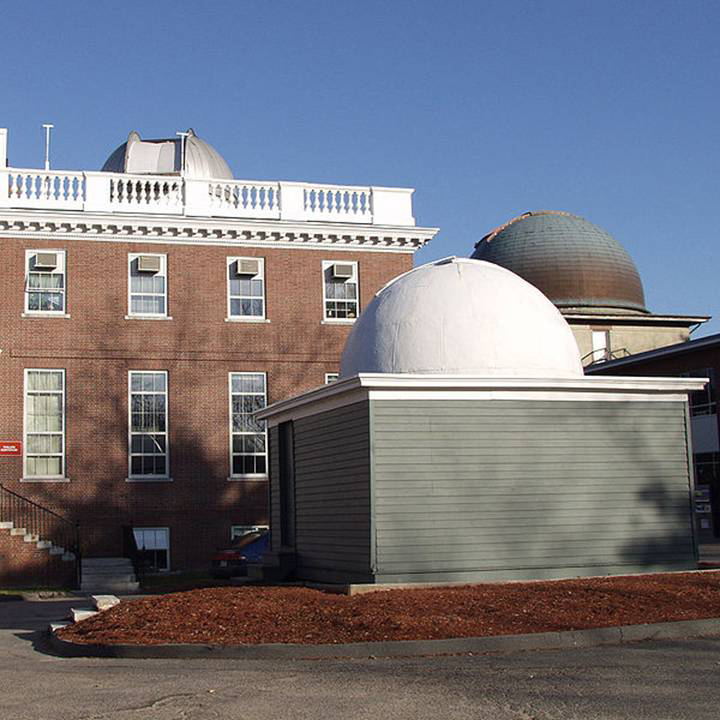
Image Credit: Harvard-Smithsonian Center for Astrophysics
Telescopes
A 15-inch telescope known as “The Great Refractor” is housed at the Harvard College Observatory and has been since its installation in 1847.
Visiting
There are a variety of Public Programs at the Harvard-Smithsonian Center for Astrophysics free of charge. One of these is Observatory Nights. This event is held six times during the academic year on the third Thursday of the month. The observatory does not host private events.
Haystack Observatory
The Haystack Observatory is located on 1,300 acres of woodlands in the towns of Groton, Tyngsborough, and Westford. This is about forty miles northwest of the MIT campus in Cambridge, Massachusetts. The observatory was founded in 1970 and reports to the MIT Vice President for Research.
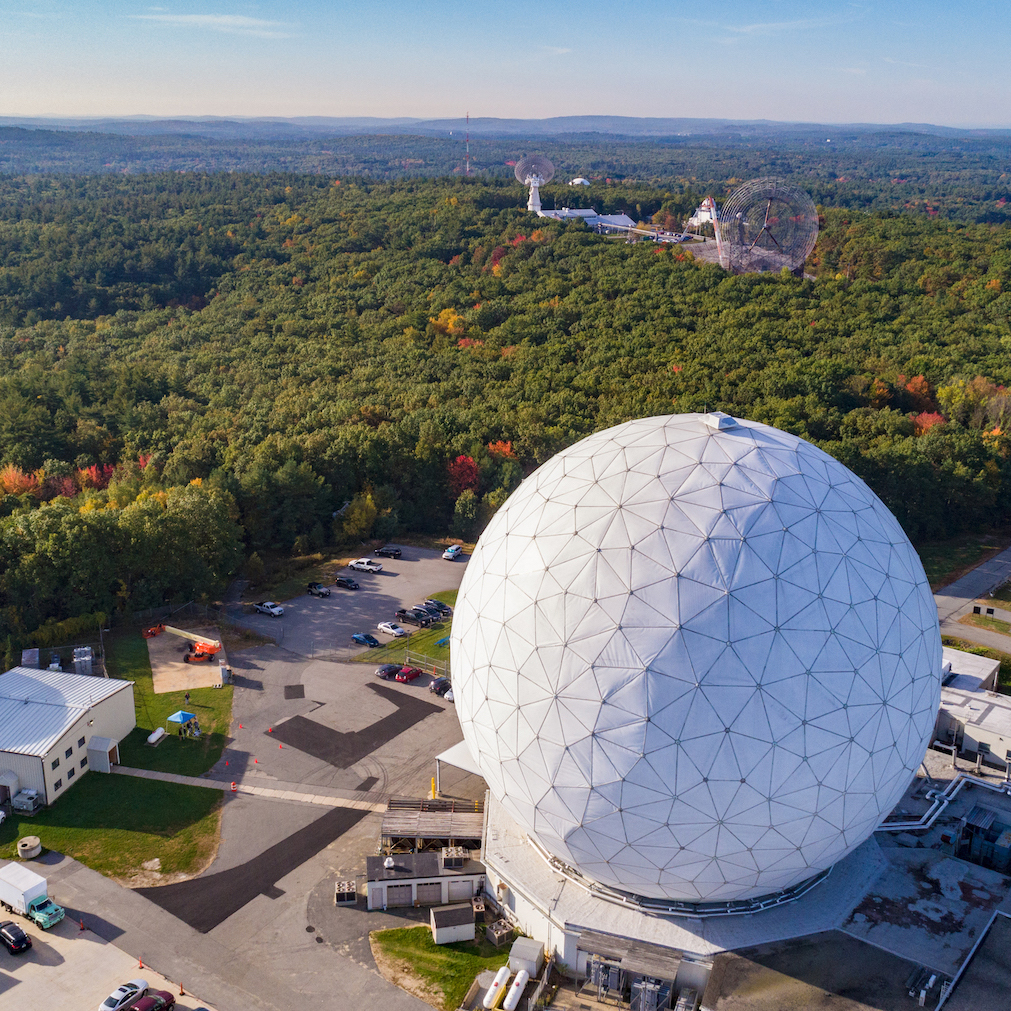
Image Credit: MIT Haystack Observatory
Telescopes
This Massachusetts observatory houses a 37-meter radio telescope and a commercially available Small Radio Telescope.
Visiting
Public education is offered twice a year at the Haystack Observatory Open House. Check their website for dates and times.
Hopkins Observatory
The story of this observatory began when Professor Albert Hopkins went to England to search for an astronomical apparatus, and for two years, from 1836 through 1838, Professor Hopkins and some of his students built a permanent observatory by hand. Hopkins Observatory has the distinction of being one of the oldest astronomical observatories in Massachusetts and in the United States overall. It is also home to the earliest Alvan Clark telescope. The observatory is maintained by the Astronomy Department at Williams College in Williamstown, Massachusetts.
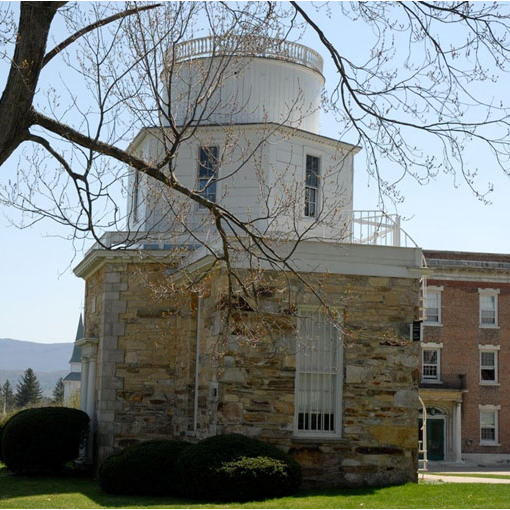
Image Credit: Williams College Hopkins Observatory
Telescopes
Hopkins Observatory’s original telescope was replaced by a 7-inch refracting telescope, built by Alvan Clark in 1852. The Rooftop Observatory houses an Optomechanics Model 10 spectrograph with a 120 x 2048 pixel CCD camera, a remotely operated 4-inch apochromatic Stellarvue refractor and color CCD camera for wide field imaging, a 6-inch apochromatic Meade refractor for visual observing and planetary imaging. The main telescope of the rooftop observatory, however, is a 24-inch Cassegrain reflector. The observatory also has some of the original equipment, such as a transit, which is an astronomical telescope used to measure when a star transits the meridian.
Visiting
Those wishing to visit the Observatory and inquire about the Astronomy Department’s activities are advised to contact the Williams College Astronomy Department.
Judson B. Coit Memorial Observatory
The Judson B. Coit Observatory is part of Boston University’s Department of Astronomy. It is located on the roof of the College of Arts & Sciences on the Boston University’s campus in Boston, Massachusetts.
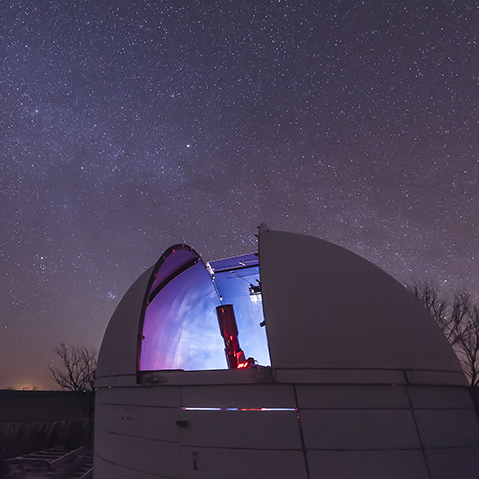
Image Credit: American Towns Media
Telescopes
The observatory features a 10-inch telescope and a 14-inch telescope.
Visiting
The observatory offers Public Open Nights weekly on Wednesdays, 7:30 p.m. to 8:30 p.m. For information on these events, visitors can call 617-353-2630 or watch the Boston University Department of Astronomy’s Twitter page.
Loines Observatory
The Loines Observatory is part of the Nantucket Science Center located in beautiful Nantucket, Massachusetts. The first dome was built in 1968 and a second dome was added in 1998.
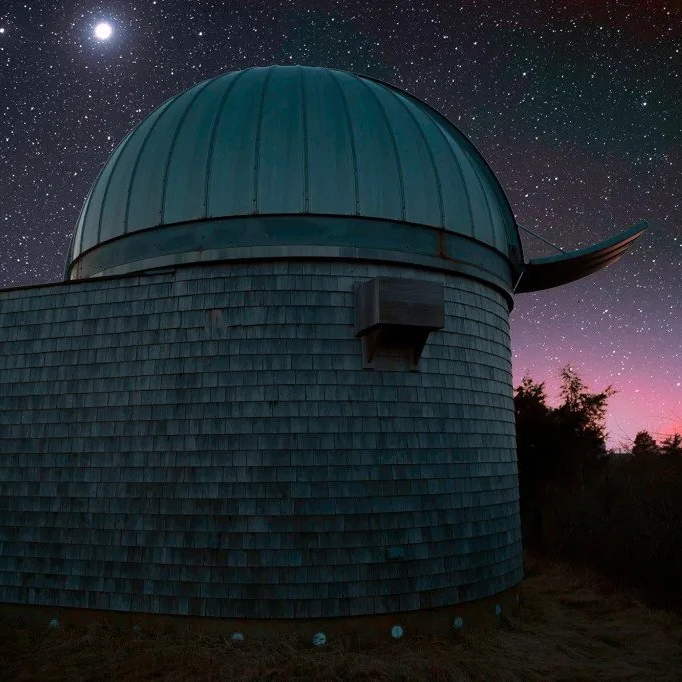
Image Credit: Maria Mitchell Association
Telescopes
The featured telescopes are a refurbished, antique 8-inch Clark refractor and a new state-of-the-art 24-inch research telescope.
Visiting
The observatory offers public tours, programs, lectures, and hosts several special events throughout the year. You can find events being offered by the observatory by checking out the Open Nights page. Please note that dates are posted a few months ahead of time so check back closer to your visit for a full list.
Orchard Hill Observatory
The Orchard Hill Observatory is located at the highest point of the University of Massachusetts Amherst campus in Amherst, Massachusetts. It was built in 1965 and has been serving the community ever since.
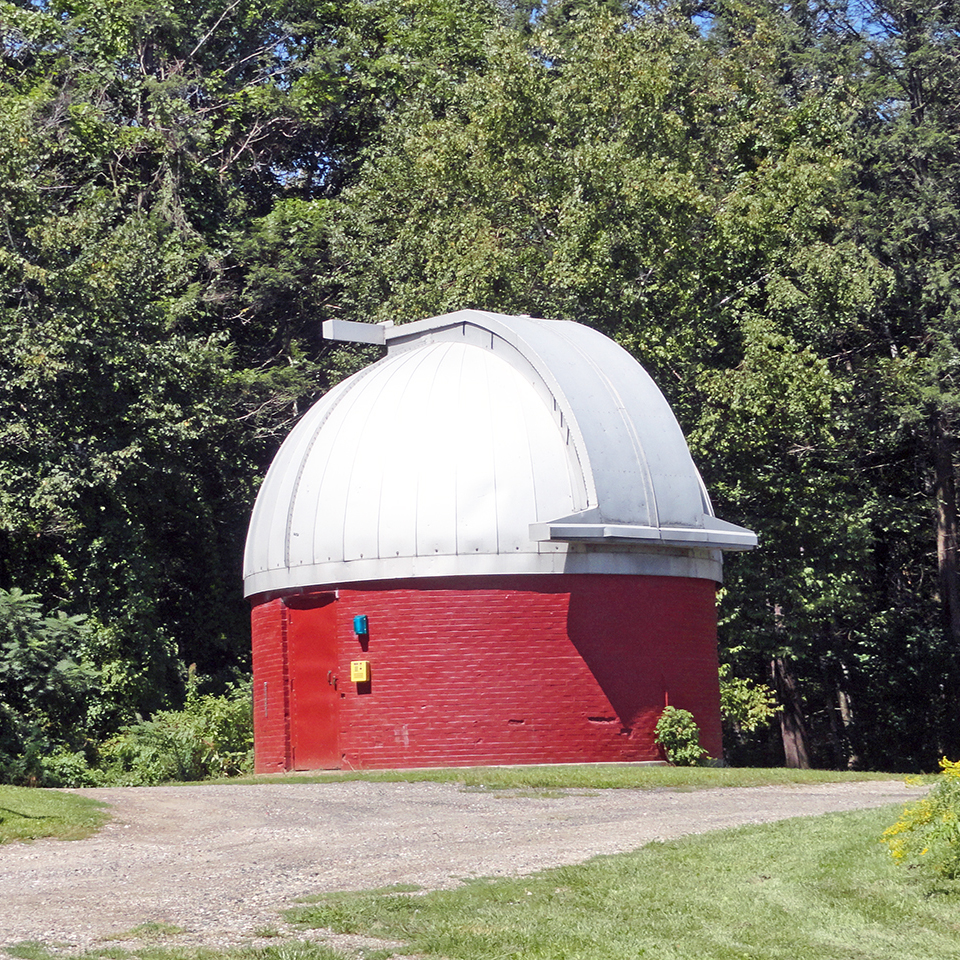
Image Credit: University of Massachusetts Amherst
Telescopes
This Massachusetts observatory is home to a 16-inch Cassegrain reflector optical telescope.
Visiting
The observatory is often used for community events and is open to the public for viewing on Thursday nights.
Smithsonian Astrophysical Observatory
The Smithsonian Astrophysical Observatory (SAO) is a “research institute” of the Smithsonian Institution. It is located in Cambridge, Massachusetts. It was founded in 1890 by Samuel Pierpont Langley, and its primary use at that time was for solar studies. The observatory was moved from Washington DC to Cambridge, Massachusetts in 1955 and became an affiliate of Harvard College Observatory. Fred Whipple was the first director of the SAO.
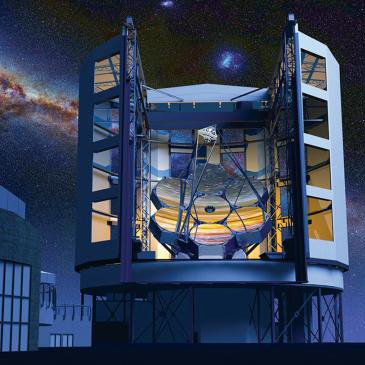
Image Credit: Harvard-Smithsonian Center for Astrophysics
Visiting
Public Programs at the Harvard-Smithsonian Center for Astrophysics are held often and are normally free of charge. One of these is Observatory Nights. This event is held three times, on the third Thursday of the month during the academic semester. The observatory does not host private events.
Vestal Street Observatory
The Astronomy Department of the Maria Mitchell Association used this observatory as a site of research, lectures, programs, and Open Nights called “Moon Lights” before their other observatory, the Loines Observatory, was built. It is located in Nantucket, Massachusetts.
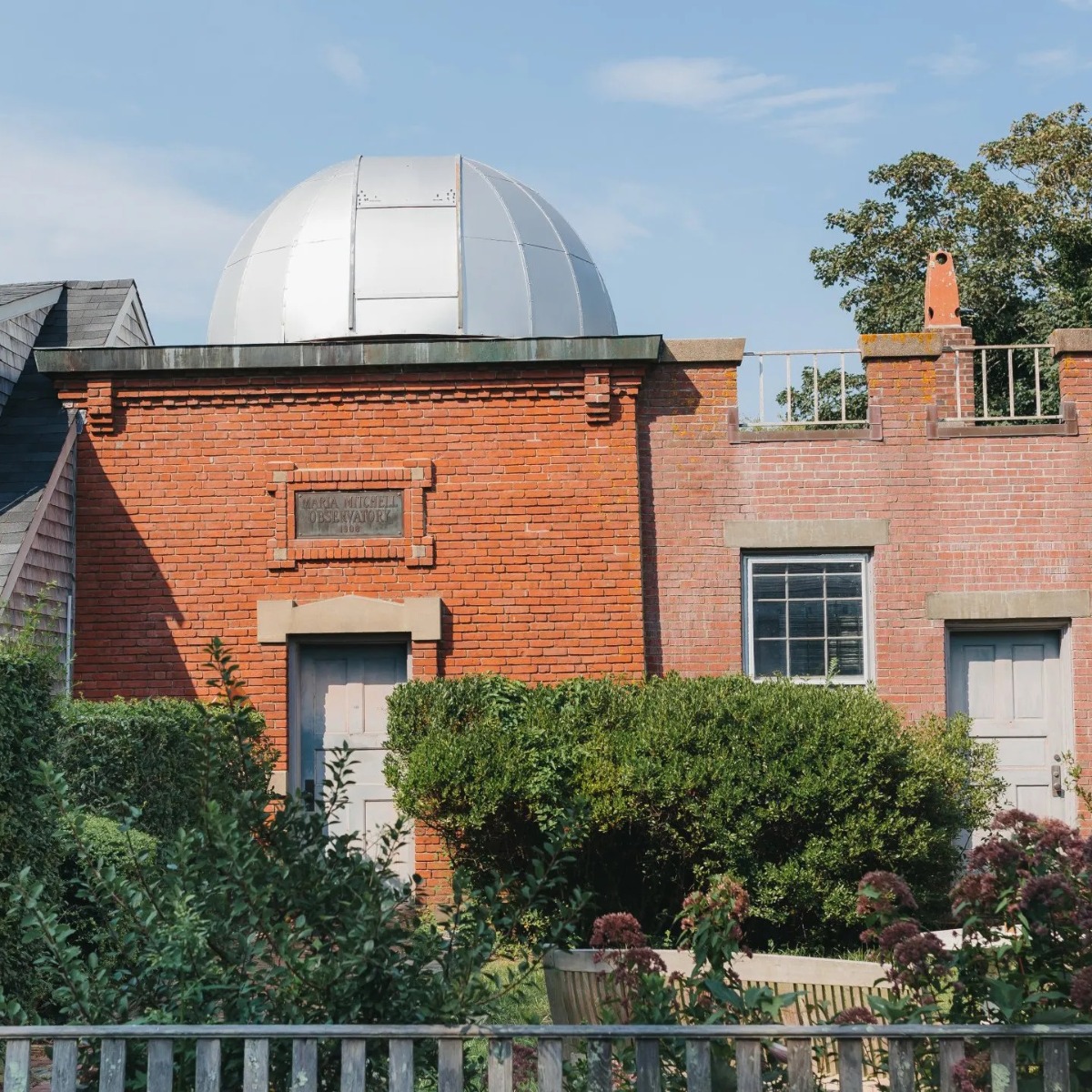
Image Credit: Maria Mitchell Association
Visiting
The Vestal Street Observatory is open for guided daytime tours Monday through Friday during the summer season. A property pass is required for the tour. During this tour, visitors will see an outdoor scale model of the solar system, how to operate a sundial, and may be able to observe sunspots if the weather permits. Check out all of the public programs at the Maria Mitchell Association on Nantucket, Massachusetts and make plans to visit this summer!
Werner Schmidt Observatory
Back in 1986 a member of the Cape Cod Astronomical Society came up with the idea of an observatory. In 1990, Werner Schmidt, the namesake of the observatory, assumed chairmanship of the society and worked to establish the site location. Construction began in the fall of 2003 and the observatory was dedicated on April 30, 2004 in Cape Cod, Massachusetts.
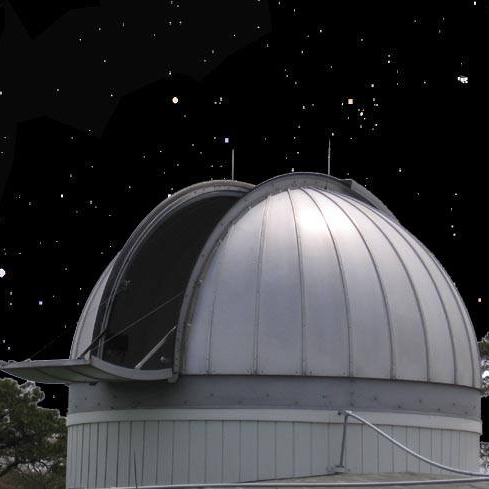
Image Credit: Werner Schmidt Observatory
Telescopes
The Cape Cod Astronomical Society began the observatory by building a 14-inch reflecting telescope to be shared among the members. The other telescopes and equipment that came along afterwards are a 16-inch Meade LX200 GPS telescope, an 18-inch Obsession reflector, a 101mm Televue APO refractor, an 8-inch Schmidt-Cassegrain, an 8-inch Dobsonian, a 6-inch Ritchey-Chrétien telescope on a Losmandy mount for photographic work, a 6-inch Meade LightSwitch, a SolarMax II 60mm, a Lunt LS100T, a SBIG ST-8XE CCD camera, a MallinCam STV video camera, a Stellacam STV video camera, a 47-inch LCD television, and various computers with astronomy and other scientific software with Internet access.
Visiting
The Werner Schmidt Observatory schedules Star Parties and Special Events for the public. The specific schedule of these events can be found on their Star Party Calendar. Star Party cancellations are very rare. Even so, when the skies are cloudy, a virtual Star Party will take place inside using computer simulations, videos of interesting sky events recorded previously, demonstrations and/or training on the use of scopes and other equipment and discussions. There are no admission fees and no reservations needed.
Wheaton College Observatory
This observatory is located on the campus of Wheaton College in Norton, Massachusetts. The Wheaton College Observatory is maintained by the Department of Physics and Astronomy.
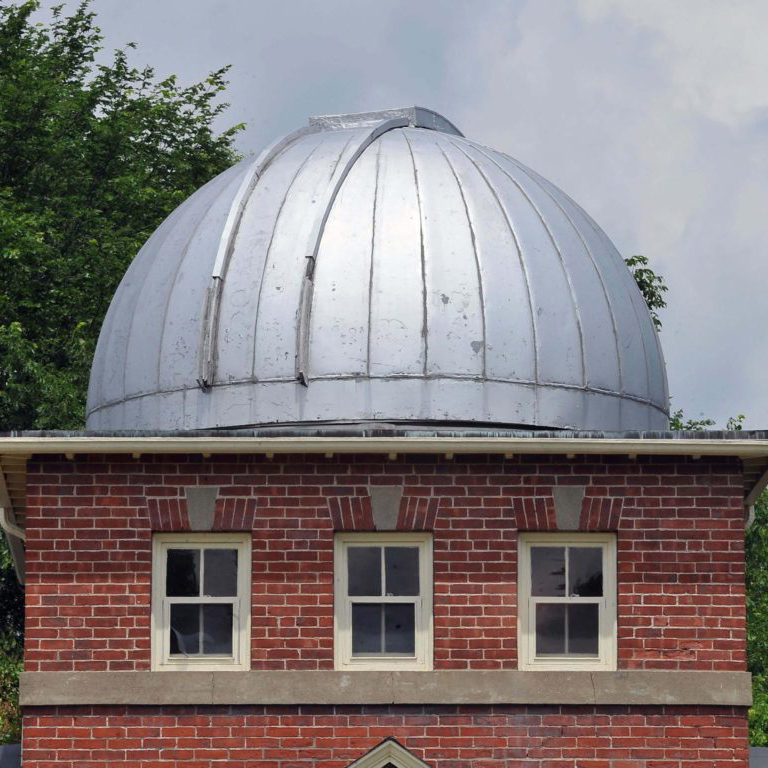
Image Credit: Wheaton College
Telescopes
Wheaton College Observatory houses three 12-inch Meade LX600 Schmidt-Cassegrain reflecting telescopes, three 14-inch Celestron EdgeHD SCTs, seven Celestron CPC-1100 SCTs, a 20-inch Dobsonian, and ten Orion StarBlast 4.5-inch Newtonian reflectors. Many of these telescopes are equipped with CCD cameras and have the ability to be remotely controlled from computer terminals.
Visiting
The department hosts viewing nights, called Observatory Open Nights, most Friday evenings. They are open to both the public and students on campus. This event includes an astronomical slideshow, a lecture, a visit to the Starlab Planetarium, and a rooftop viewing on clear nights.
Whitin Observatory
The Whitin Observatory, home to the Wellesley College Astronomy Department, is located in Wellesley, Massachusetts. It was built in 1900 and expanded several times throughout the years.
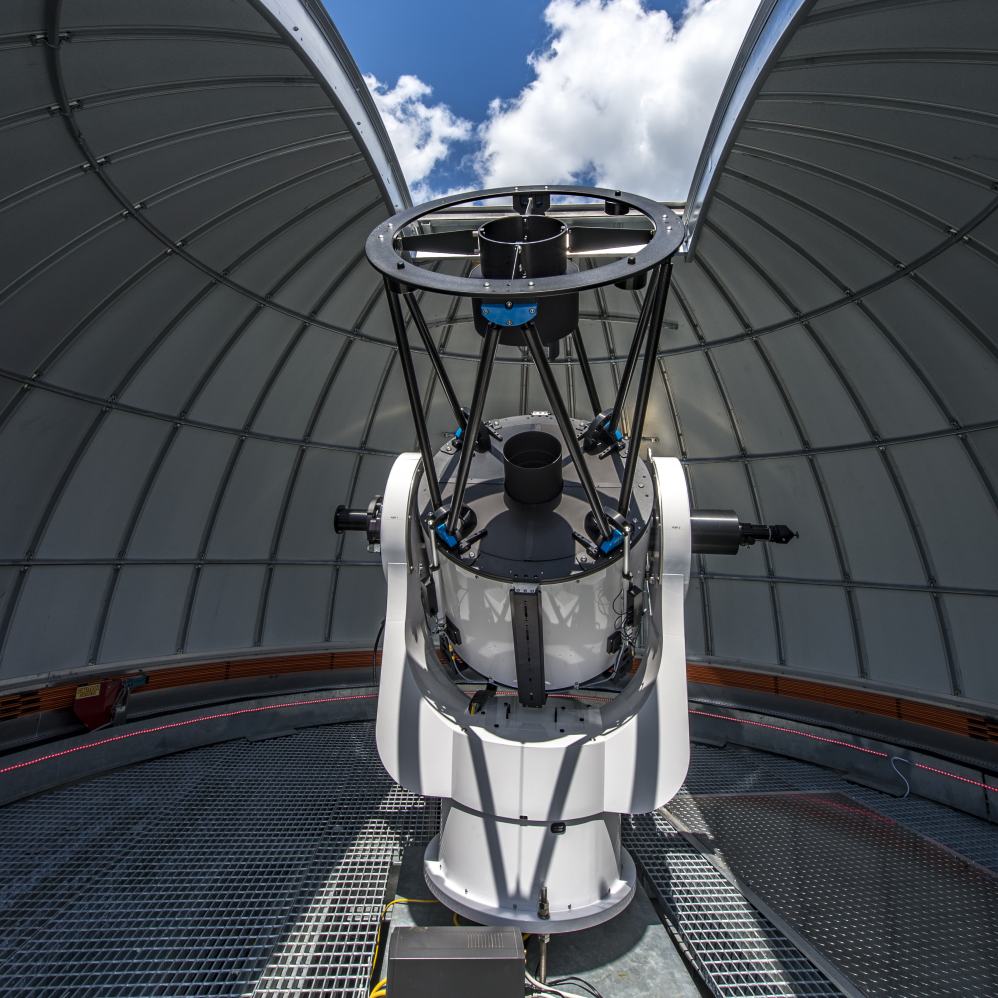
Image Credit: Wellesley College
Telescopes
The Whitin Observatory is home to a 6-inch Clark refractor, a 12-inch Fitz/Clark refractor, and a 24-inch Sawyer reflector. There is also a small fleet of 8-inch Meade LX200 SCTs and a Hale spectrohelioscope that is used for studies of the Sun.
Visiting
Known as Whitin Nights, the observatory offers an event to the public once a month during the spring and fall academic semesters. This event consists of a tour, talks, and the chance to look through the observatory’s 6-inch and 12-inch telescopes. Each night has a unique theme and it is free to attend; no reservations are required.
Wilder Observatory
The Wilder Observatory is located in Amherst, Massachusetts. It was built in 1903 and, at that time, held one of the largest telescopes in the world.
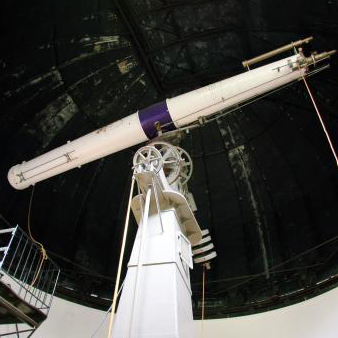
Image Credit: Amherst College
Telescopes
The observatory is home to an18-inch refracting telescope built by Alvan Clark & Sons. This telescope is still one of the world’s largest refractors.
Visiting
Every clear Saturday of the month from April through October, the observatory opens its doors to the public, free of charge. The doors open at 9 p.m. Other programs may also be available during these months. An email address has been provided on the Wilder Observatory Visit Us page should you wish to inquire.

Shop Telescopes and More
At High Point Scientific, we’re hobbyists just like you! That’s why we offer a wide variety of telescopes and accessories from some of the top manufacturers in the industry. Browse scientific telescopes, telescope mounts and more for your home telescope observatory. Have a question or need more information? Contact us today!
This Article was Last Updated on 07/20/2023









